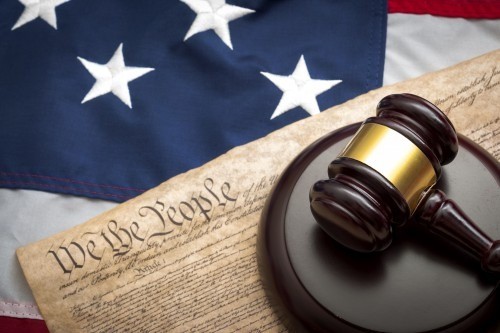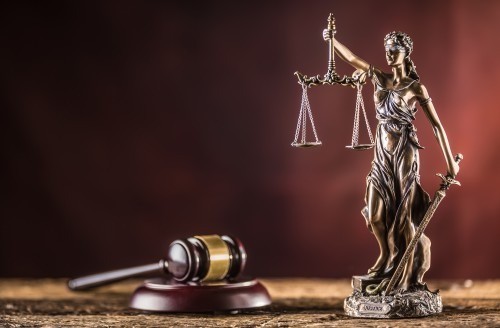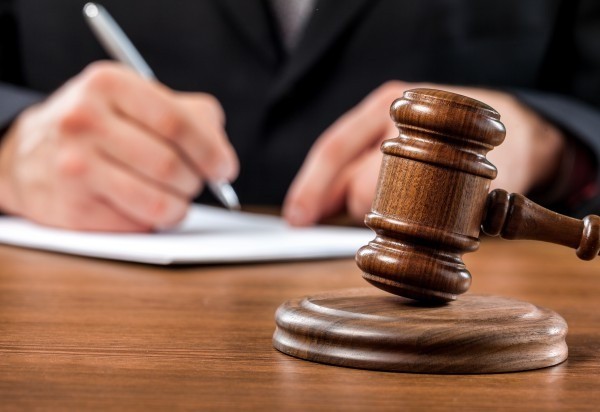Just as how the legislative branch makes laws and the executive branch enforces laws, the judicial branch serves as our interpreter of laws. In the words of Professor Freund in the film “On the Basis of Sex,” “A court ought not be affected by the weather of the day but will be by the climate of the era.” With each day serving as a transition between eras, the way courts decide cases aren’t always lasting (for example, it took a few years for the courts to decide who counts as a public figure), but they do make an impact with their precedent. Below is some more information on our highest court along with recent cases.

What Can or Can’t the Supreme Court Do?
While the United States Supreme Court can’t make laws, the Supreme Court does hold the power to declare laws or policies unconstitutional (but the Constitution stops short of giving our judiciary branch the explicit power to strike down laws). The Court does not exist to decide whether or a law is necessarily “good” or “bad” but exists to ensure laws adhere to the Constitution.
The Supreme Court only has original jurisdiction in cases involving ambassadors, ministers, consuls, and cases where a state is a party. All other cases are heard under the Supreme Court’s appellate jurisdiction (so the case must go through another court first and the Supreme Court serves as an appeals court).
For lawsuits under appellate jurisdiction, cases typically go through a federal trial court, then an appeal at an intermediate appellate court. Only then does it have the possibility to make it to the Supreme Court, and even then, the Court gets to decide if they want to hear the case or not.
Recent Cases and Decisions:
This case was argued in court on January 8 and decided recently on May 20. Background of the case involves the Crow Tribe of Indians and their rights under the 1868 federal treaty to hunt on “unoccupied lands of the United States.” The court ruled that when Wyoming became a state, establishing the Bighorn National Forest did not suddenly make that land “occupied” and thus the Crow Tribe of Indians still retained the right to hunt on that land.
This case was argued back on November 26, 2018 and decided on May 13. Apple, Inc. v Pepper looks at purchasing apps with the main question being who has a right to sue. To understand this case, we’ll wind back to look at the process of purchasing an app. In this process, there are three parties — Apple with its App Store, the app developer and the app consumer. In the case the app developer is a third-party developer (not employed by Apple, which a majority of apps on the App Store are developed by third-party developers), Apple receives 30 percent of the sale price from the App Store.
For Apple. Inc. v. Pepper, consumers (rather than the app developers) filed an antitrust class action, accusing Apple, Inc. of trying to build a monopoly. Apple, Inc. filed a motion to dismiss this lawsuit, arguing the consumer lacks statutory standing to sue them. After the district court ruled in favor of Apple and the Ninth Circuit overruled that ruling, the Supreme Court ended up ruling in favor of Pepper, 5-4, stating that even though consumers are seeking damages “based on prices set by third parties” and the third party developers are considered the “immediate victims” of Apple, Inc.’s policies, consumers can still sue.

Cases Still Being Decided
Some cases that have been argued but are still being decided include Tennessee Wine and Spirits Retailers Association v. Blair which looks at if a state can constitutionally include a requirement for those applying for a liquor sale license to have resided in-state for a specified time. Another case includes The American Legion v. American Humanist Association, which involves the concept of separation of church and state in regards to the display and maintenance of a large memorial cross by the local government.
For those who are interested in seeing more of what our highest court is doing, Oyez.org is an amazing resource with court briefs dating back to 1789. Perhaps doing so will even help build a better understanding of our very own Constitution.

